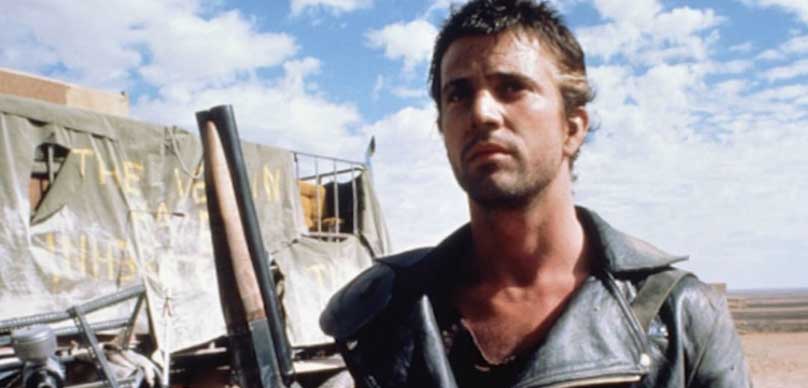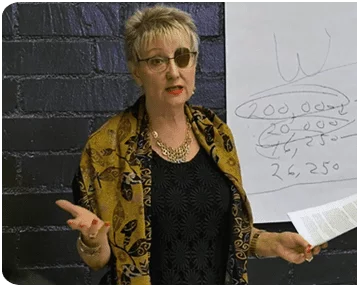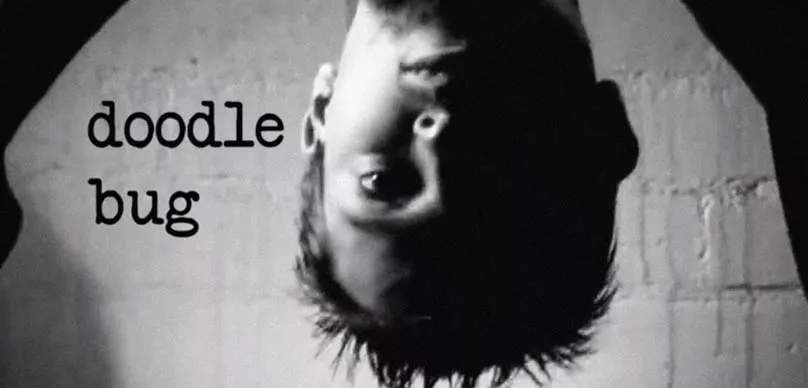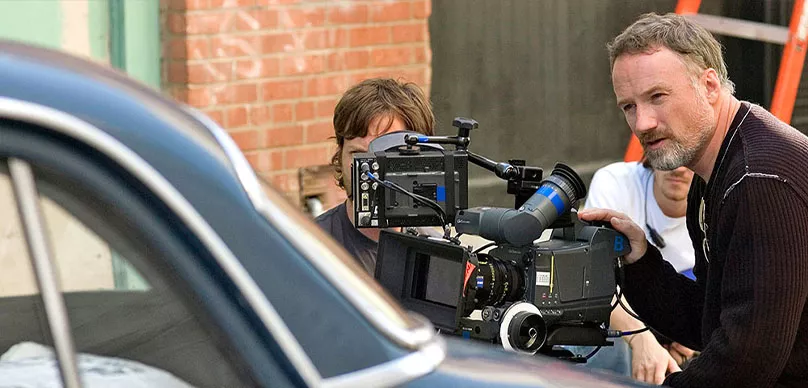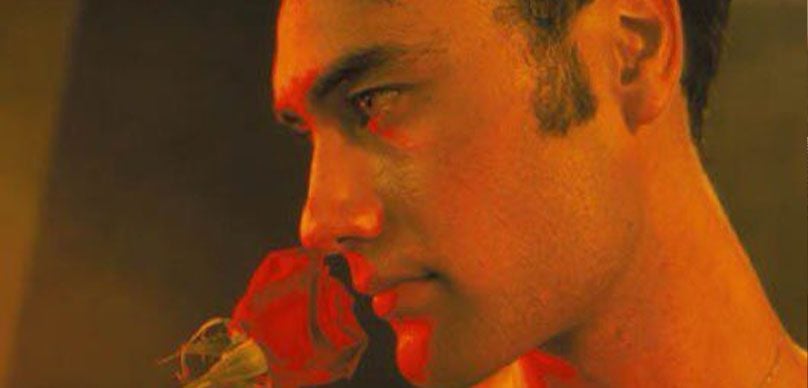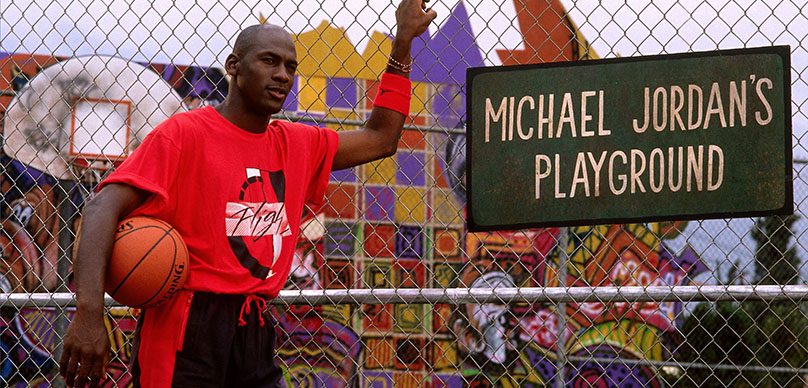The Australian New Wave Film Movement (1975-1985), starting in mid-1970 and ending about a decade later, is unabashedly and completely Australian and doesn’t shy away from poking fun at their colloquialisms and the Australian way of life, otherwise known as Ozploitation.
Australian film was pretty much dormant from World War II until about the end of the 1960s, where the Australian government stepped in and revolved the art form, especially through the Australian Film, Television and Radio School. More than 400 films were made between 1970 and 1985, more than the rest of the decades combined.
Filmmaking Styles and Storytelling
Gone were the days of stodgy filmmaking, and this resurrection of the film industry expressed the freedom to tell more daring stories.
Notable Directors and Talent
A staggering number of well-known directors and versatile performers emerged during the Australian New Wave Movement.
Directors such as Gillian Armstrong, Bruce Beresford, George Miller, Fred Schepisi, and Peter Weir would not only make their presence known in Australia but also on the international stage as well. Bruce Beresford would come to America to direct Driving Miss Daisy; George Miller is well known for his hardcore Mad Max series of films, and Peter Weir ended up directing such American films as Witness and Dead Poets Society.
Emerging actors who would also take their place on the world stage included Mel Gibson, Nicole Kidman (Moulin Rouge, Eyes Wide Shut), Sam Neill (Jurassic Park), Judy Davis, Bryan Brown, and who could forget Crocodile Dundee’s, Paul Hogan? Australian New Wave Movement Films There are so many outstanding films during the Australian New Wave Movement.
1970’s Movies
Walkabout
Directed by Nicolas Roeg and adapted from the book by James Vance Marshall, it follows the journey of two white children who find themselves alone in the Australian outback until they find an unlikely ally in a teenage aboriginal boy. It was entered into the Cannes Film Festival.
Stork
Based on the play The Coming of Stork by David Williamson and directed by Tim Burstall, this romantic comedy follows the exploits of a 6 foot 7 hypochondriac who falls in love, loses his virginity, and gets the girl.
Picnic at Hanging Rock
Directed by Peter Weir and based on the 1967 book by Joan Lindsay, the plot centers around the disappearance of schoolgirls and their teacher during a picnic in 1900. It was a huge success and was the first breakout hit during the Australian New Wave Movement.
The Last Wave
Peter Weir’s next film, starring Richard Chamberlain, is about a white solicitor in Sydney takes on a murder case and experiences an eerie connection to the local Aboriginal people accused of the crime. The film’s budget was a little over $800,000 and went on to gross $1.25 million and won the Golden Ibex at the 6th International Film Festival.
Mad Max
The biggest film of the first decade of the Australian New Wave Movement was undoubtedly George Miller’s Mad Max. With Mel Gibson in the title role and with a budget of $400,000 (Australian), it earned $100 million worldwide and busted the international doors wide open for other Australian New Wave Films.
My Brilliant Career
Directed by Gillian Armstrong and starring Sam Neil and Judy Davis, this film, based on the book by Miles Franklin, this film about a late 19th-century writer and social limitations, premiered at the New York Film Film Festival and resulted in a BAFTA award for Judy Davis, as well as a Golden Globe Award for Best Foreign Film, and an Oscar Nomination for Best Foreign Film.
Movies of the 1980s
The Australian New Wave Movement was a deluge of incredible films, ranging from period pieces to ridiculous comedies.
Breaker Morant
Directed and Co-Written by Bruce Beresford and adapted from Kenneth G. Ross’s play, this film revolves around the 1902 court-martial of three lieutenants who were accused of murdering the enemy combatants and were charged with war crimes.
Gallipoli
Starring Mel Gibson and directed by Peter Weir about young soldiers during WWI, won 8 AFI Awards including Best Film, Best Director, Best Supporting Actor, Best Screenplay, and Best Cinematography.
Mad Max 2
George Martin and Mel Gibson teamed up once again for another Mad Max romp; it became a cult film and is considered to one of the greatest sequels and action movies of all time. Distributor advertising and renaming the film in the United States result in approximately 30% of the box office than the original.
The Man From Snowy River
Based on the Poem by Banjo Peterson and directed by George Miller, and with a cast including Kirk Douglas and Jack Thompson and Sigurd Thornton, this Australian Western grossed A$50 million at the box office. It’s a sequel, aptly named The Man From Snowy River II, was released by Walt Disney Pictures.
Mad Max Beyond Thunderdome
The final Mad Max movie starring Mel Gibson and the formidable Tina Turner as Aunty Entity, and co-directed by George Miller and George Ogilvie, and was hailed as one of the best films of 1985. It wasn’t impervious to criticism and for some fans of the earlier films, felt that it was slicker and less gritty than its predecessors.
Crocodile Dundee (1986) and Crocodile Dundee II (1988)
These films made Paul Hogan a household name in his films inspired by the life of Rod Ansell. The first movie was a monster hit, grossing 328 million dollars at the US Box Office, and Part II grossed $239 million.

